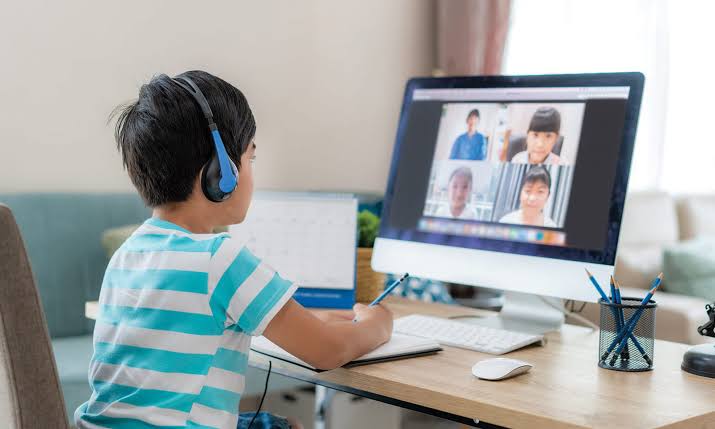Online Class Teachers Students Interaction: Many teachers have told us that having students participate has become more difficult during Online Class learning. Digital media can exacerbate communication barriers by making it difficult to know when to talk, for example, or to read subtle but crucial aspects of discourse such as a person’s body language and facial expressions.
Any teacher faces a challenge when it comes to student engagement. It’s much more difficult when you’re doing Online Class interaction for adults.
You’ve got your lesson materials in hand. You’ve got a message board. You have a community of people with various learning styles. How would you entice them to participate and remain involved? How do you guarantee that everybody in your online class participates?
Furthermore, due to a lack of consistency in students’ access to technology and privacy issues, many teachers have had to rely on students submitting work through isolated channels such as email, which can leave back-and-forth between peers (and between students and the teacher) to the side.
Students must submit assignments, engage in class discussions, do group work, and participate in other activities defined by the teacher in order to maintain active online class participation.
For each 3 credit hour online class participation, students can plan to log in at least 4-5 times a week and spend at least 8-10 hours per week participating in activities.
Switch on the cameras: Make it a class tradition that students keep their cameras on during class. If they’re paying attention to you, you’ll be able to tell. Their facial expressions can also indicate whether or not they understand what you’re doing.
A safe environment:
It’s important to ensure that the students understand that online classroom participation is a safe place to express their thoughts, just as you would during the regular school year. Take the time to talk about the advantages of making mistakes and how to handle your classmates properly. Everyone will feel more at ease as a result, and they will be more willing to volunteer and participate. Use these suggestions to build a sense of community in your online classroom.
Hand Signals: You can opt to silence your whole class while teaching. Students won’t be able to speak during your lesson this way. You do want them to participate in your classes, however. Your students will offer a thumbs up or down if you ask a yes or no question. If it’s a multiple-choice question, they can show their choice by holding up their fingers. This will encourage you to check for comprehension while still giving them a mental and/or physical break.
You could have them use functions like “lift hand” or “enable access to emojis” in online platforms like Zoom’s Chat feature.
Collaboration with Google:
A collaborative Google Doc can be used when you want all of your students to answer a query at the same time. Simply make a Google Doc for each of your students, with a slide for each of them. Each slide may have one student’s name typed at the top. If you’ve completed this paper, you can use it during the year whenever you need any of your students to answer.
Make sure each of your students has a copy of the text. This is easy to do in Google Classroom. Then, pose a question to your students. You can easily see who is involved and monitor their progress because all of the work is in one document.
Conferences for Students:
In a large group online meeting, it can be difficult to get to know all of your classmates. You should arrange individual conferences with each of your students during independent work time. This will allow you to speak with them, conduct tests, and learn about their strengths and weaknesses. During a seminar, some of the shy students will be more likely to participate than during a whole group meeting.
The reward for Participation:
Often all the students need is a little push to get them to engage in online activities. Make a point of praising students who volunteer to answer questions.
Conclusion: While there are limits to what we can do when teaching online, we should be aware of all the obstacles that students can face. Maybe they tried but couldn’t communicate, or maybe they’ve been caring for a child for the whole class, or maybe they’re just nervous. A pandemic is already in progress. A small amount of kindness will go a long way.
To learn more about Online Class Participation, click here.https://blog.neolms.com/7-activities-to-improve-online-class-participation-rates/

